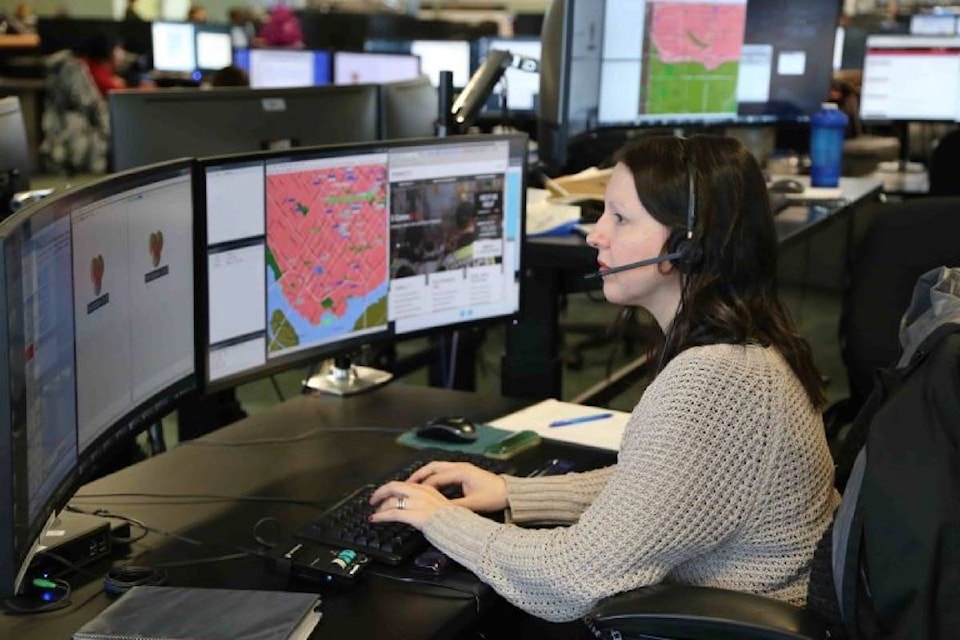Children as young as four years old are being given personal mobile devices, and while they are at ease navigating the online world of apps and games, many don’t know or understand 9-1-1 basics, such as when and why to call 9-1-1 and what information they need to know if they have to make the call.
Cellphones can be an effective tool in an emergency situation, but parents need to teach their children about dialing 9-1-1.
“As a 9-1-1 call taker and a mom, it really scares me to think that parents might be relying on their kids’ cellphones to keep them safe instead of talking to them about how to dial for help in an emergency,” says Heather Andrews, an E-Comm call taker and mother of two.
She adds that cellphones, unlike landlines, do not provide an exact location of where the call is coming from when someone calls 9-1-1. “It can slow down the process of getting a caller help if they can’t tell [the call taker] where they are.”
E-Comm has a few tips to help parents and caregivers teach kids about 9-1-1.
1. Explain to kids when to call 9-1-1 in an age-appropriate way that is easy to understand. Tell them that they should call if they or someone else is really sick or hurt; if they smell or see smoke or fire; if they feel that they are in danger; or if they see someone doing something really bad, like hurting someone.
2. Make sure your children know what their home address is. When you’re not at home, practice looking for street signs and having your children identify their location.
3. Show kids how to dial 9-1-1 from all landlines and cellphones they might have access to, as dialing can be different depending on the device.
4. Explain that the 9-1-1 call taker will ask questions about where they are located and what is happening, and that they should listen carefully and answer as best they can.
5. Try role-playing a mock emergency situation. This helps kids understand what to do and when to call when faced with a real life situation. It’s important to note that even cellphones with no service can still dial 9-1-1, so it’s best to role play without the use of a physical phone.
6. Teach children to stay on the line if they accidentally call 9-1-1, so that the call taker understands there is no emergency and does not dispatch first responders to investigate.
“Calling 9-1-1 can be stressful as an adult, let alone as a child, and it’s even scarier if you don’t know what to expect,” says E-Comm corporate communications manager Jasmine Bradley.
“It is so important to regularly talk to your child about the process of dialing 9-1-1 so that if an emergency does happen we can get them the help they need quickly.”
Throughout September 2019, E-Comm 9-1-1 call takers are sharing tips for speaking to kids about 9-1-1 in short videos across Facebook, Twitter, and Instagram. Parents, caregivers, teachers, and children of all ages can also visit www.ecomm911.ca to download free 9-1-1 education materials.
editorial@accjournal.ca
Like us on Facebook and follow us on Twitter
